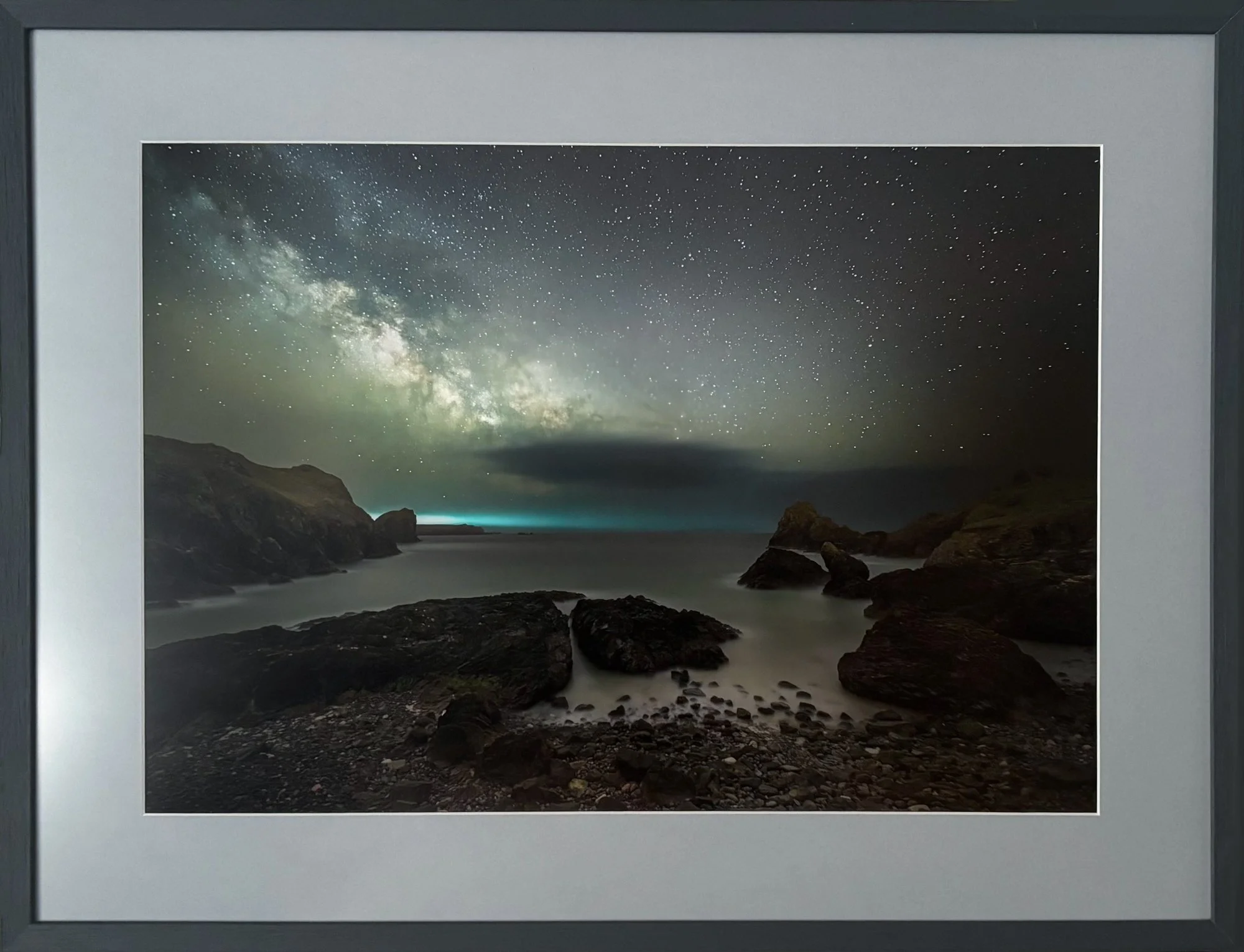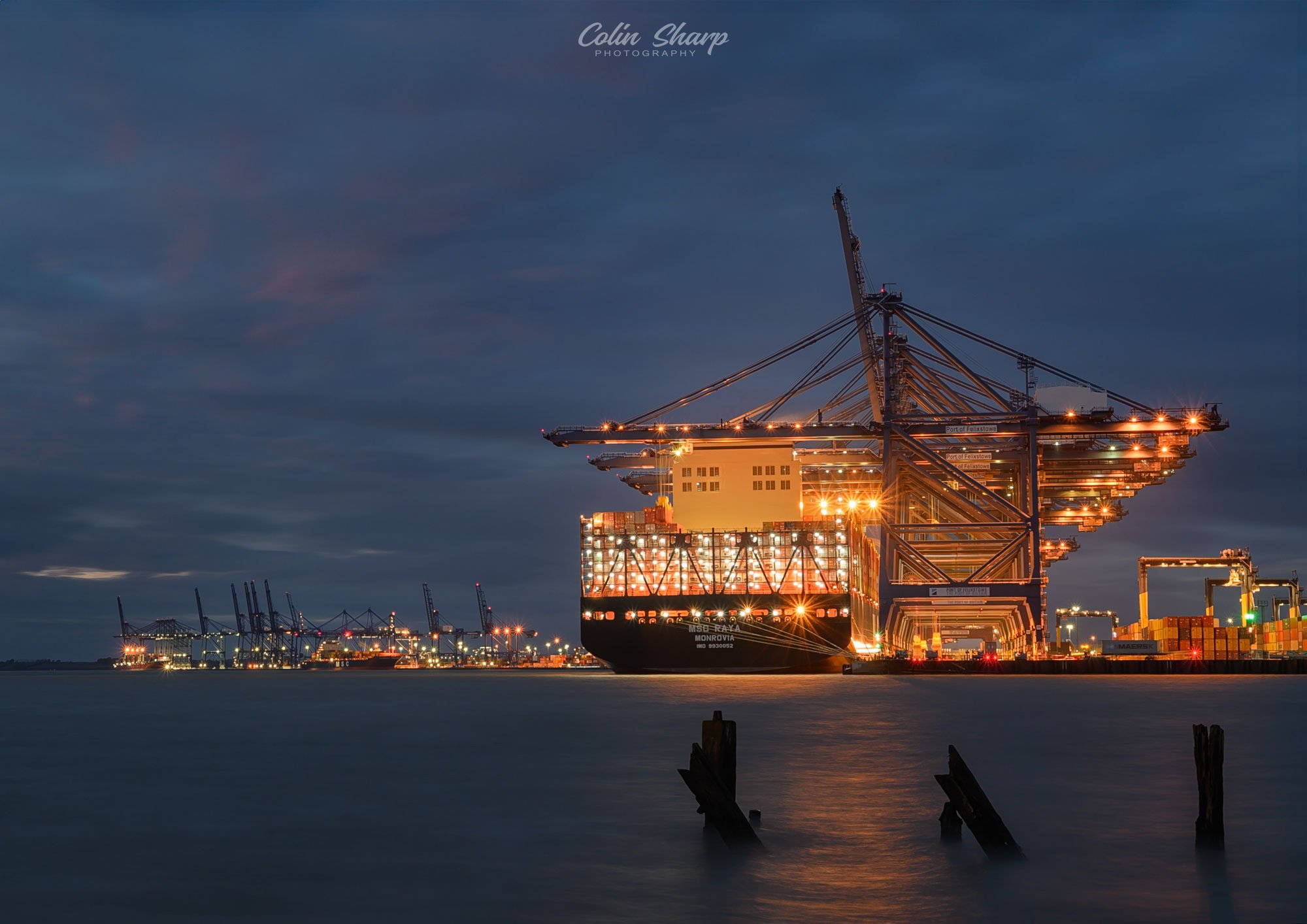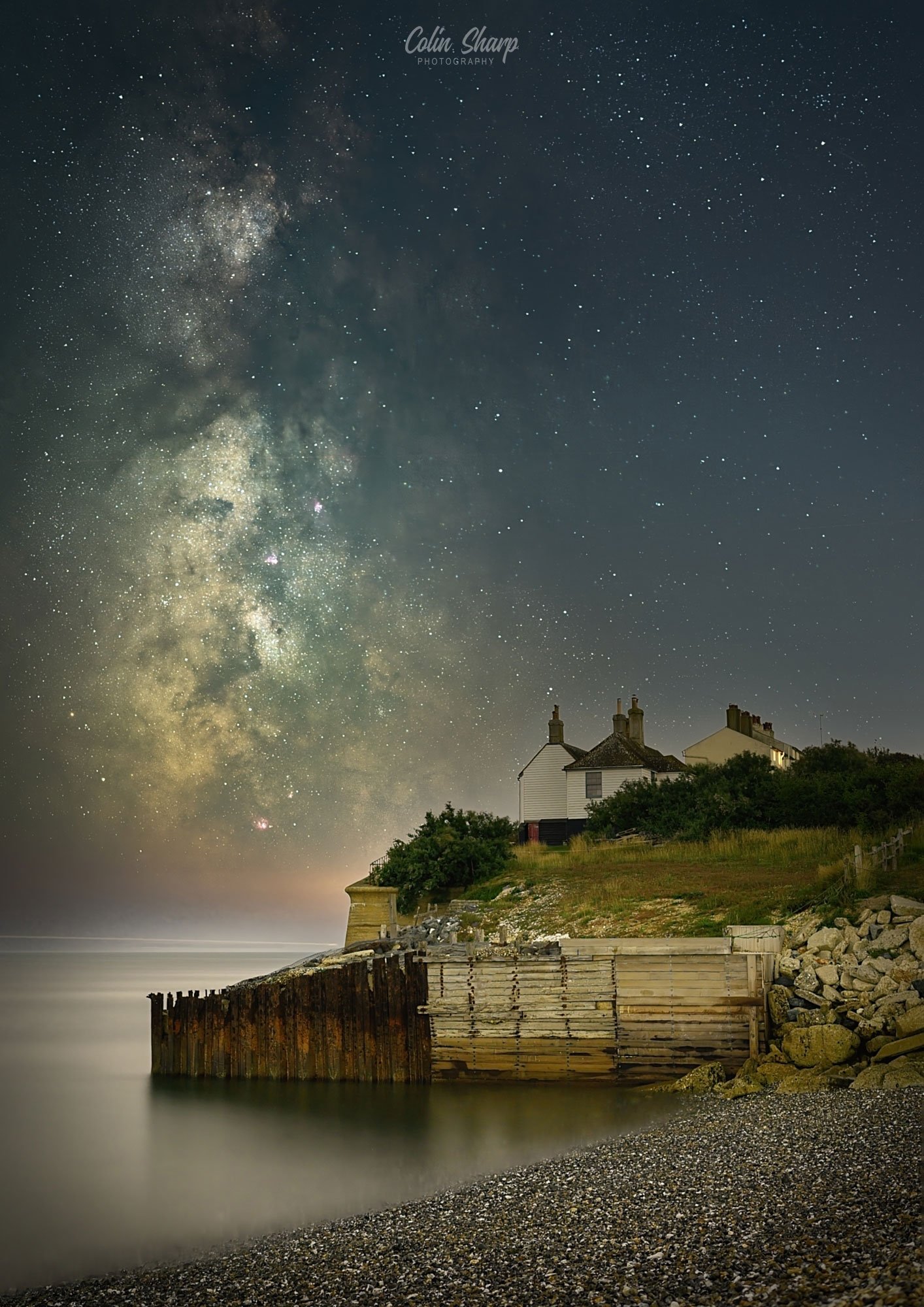Fine Art Prints
A selection of my images is available as fine art prints, carefully produced to showcase the beauty of natural light, from golden sunsets to star-filled night skies. Each print is created with high-quality materials to ensure rich colours, deep contrasts, and lasting detail. Whether you’re drawn to dramatic landscapes, celestial wonders, or atmospheric twilight scenes, there’s something to suit every space. Take a look at what’s available—you might just find the perfect piece to bring a little of the outdoors into your home.
Prints will be available unframed in A2 or A3 size on high-quality Giclée Hahnemühle Photo Rag. This paper has a beautifully matte finish with a subtle, refined texture, making it highly versatile.
The choice of frame and mount is left to the purchaser, as the style and colour can be selected to complement the print and suit the room’s décor. In the UK, I recommend EasyFrame.co.uk for their wide range, reasonable prices, and efficient service.
Prints will be couriered directly from the printers in sturdy cardboard packaging. A2 prints will be loosely rolled in cardboard tubes and will need time to relax and flatten before framing.
A few examples are shown below, but if there’s another image from my portfolio that catches your eye, please feel free to get in touch.
A2 prints are £70, and A3 prints are £50, including postage to anywhere on the UK mainland.
Kindly use the contact form provided to place your print order or request further information.
The Centre of the Milky Way Falling into Stonehenge
Captured during a brief gap in the clouds on 23rd August 2023 between 23:00 and midnight, this image showcases the breathtaking sight of the Milky Way seemingly descending into Stonehenge.
Taken with a Nikon Z6 and a Nikkor Z 35mm prime lens, the camera was mounted on a star tracker aligned to Polaris. This allowed it to move in sync with the stars, enabling long exposures without star trails.
The final image is a composite of 10 sky exposures, each taken at ISO 640, f/2, and 60 seconds. These were stacked to reduce noise and then blended with a separately exposed foreground image of Stonehenge, captured from the exact same position. Careful editing was then applied to enhance the details and contrast of the Milky Way, bringing out its rich structure and depth.
Mars, Venus and the Compression Engine House
This is the Levant Mine Compressor Engine House, located on the far west coast of Cornwall, not far from St Just.
To capture this image, five shots were taken, each exposed for the sky using a Nikon Z6 and a Sigma Art 14mm lens at f/2, ISO 6400, and a 15-second shutter speed. In four of these shots, the Engine House was momentarily illuminated with torchlight from different angles. This technique, known as light painting, allows the photographer to selectively blend elements from each exposure, creating a well-balanced and evenly lit subject.
The final composite was carefully edited to enhance contrast in the sky and ensure a harmonious balance between the sky and foreground.
For reference, Venus—the brightest object in our sky after the Sun and Moon—appears as the bright spot to the right of the Engine House, while Mars is the smaller, yellowish light positioned about two-thirds up to the left of the chimney.
Kynance Cove
Kynance Cove, located on the west side of The Lizard in Cornwall, is a stunning coastal spot. This image was captured in the early hours of 20 April 2023, between 03:30 and 03:45. The conditions were decent, though some clouds were present.
A Nikon Z6, known for its excellent low-noise performance, was used alongside a Sigma Art 14mm prime lens. To minimise noise, approximately 20 images of the sky were taken and stacked. A wide aperture of f/2 and ISO 6400 allowed for maximum light capture in the dark conditions, while a shutter speed of 20 seconds prevented star trails.
The sky composite was then blended with a single exposure of the foreground, taken with the same f/2 aperture but a lower ISO of 1600. A long 8-minute (500-second) shutter speed was used to bring out intricate details in the rocks.
Finally, the composite was carefully edited to enhance the details and contrast in the Milky Way, bringing the scene to life.
Pathway Into The Night
This image was captured at Sossus Dune Lodge, located in Namibia's Namib-Naukluft Park—an incredible destination for astrophotography, renowned for its dark skies and breathtaking desert landscapes. Taken on 31st August 2024 between 21:15 and 21:45 local time, the shot was created using a Nikon Z6 and a Sigma Art 14mm prime lens. A series of images were stitched together to form this Milky Way panorama.
The camera settings—ISO 6400, f/2, and a 15-second exposure—provided an optimal balance of light gathering while keeping noise manageable on the Z6. The 15-second exposure also minimised star trailing while preserving fine details. The foreground was blended from a separate blue hour shot, captured with a 6-second exposure at ISO 100, ensuring sharpness and reduced noise while maintaining a natural appearance.
Poppy Fields At Sunset
You might think finding poppy fields in the UK would be easy—but it’s not! Even after a tip-off about a location on the edge of Salisbury Plain, it took over two hours to drive from London, followed by another two hours of searching. But persistence paid off, and I finally arrived to see a vast expanse of vivid red poppies stretching into the distance.
Despite a number of people milling around, taking photographs and selfies, it was still possible to capture a few good shots. Just before leaving—around 15 minutes after sunset—the light cast a beautiful pink glow over the clouds, perfectly mirroring the lines of the fields. A truly rewarding experience that made the journey well worth it.
This image was taken on 19th June at 21:47 using a Nikon Z6 with a Nikkor 24-70mm lens at 24mm. Camera settings: ISO 640, 1/5 sec, f/22
Connected To The World
This was my second visit to Felixstowe to capture one of the massive container ships being unloaded during the blue hour—a perfect time to balance the natural light with the artificial lights of the ship and port, aiming to capture the unique atmosphere of the scene.
Planning was key: the tide had to be right to avoid an unsightly foreground, the weather needed to be favourable with some cloud cover, and, of course, a ship had to be in port!
Initially, the sky was too bright, and the artificial lights too weak. But as night fell, they reached a perfect balance, with rich, saturated colours. A little later, the artificial light became overpowering, creating harsh contrasts and washing out the colours—not ideal at all.
Earlier the sunset to the west had been spectacular, and though I was facing north, in this final image,a hint of pink still lingers in the sky on the left.
This image was taken on 19th June at 21:47 using a Nikon Z6 with a Nikkor 24-70mm lens at 47mm. Camera settings: ISO 100, 10 sec, f/16
Sleeping Under The Stars
This photograph captures my first astrophotography outing in Namibia, at We Kebi Safari Lodge near Hammerstein, approximately an hour’s drive south of Sesriem and Sossusvlei.
While the communal area and individual lodges were illuminated, the dark sky revealed a stunning display of bright stars. The Milky Way stretched majestically across the heavens, visible from one horizon to the other.
The image is a single exposure taken with the camera mounted on a star tracker, aligned with the southern celestial pole. This setup allowed for longer exposures without star trailing allowing the capture of more light and detail in the Milky Way. As the camera was synchronized with the stars, the stationary foreground became blurred, prompting me to capture a second image of the foreground with the star tracker turned off. The two images were then blended together.
Captured on 29 August, 2024 around 21:30 local time
Equipment used: Nikon Z6 with Sigma Art 14mm prime lens, f/4, 78 seconds, ISO 3200
Coastguard Cottages, Cuckmere Haven
Cuckmere Haven in East Sussex, located within the South Downs National Park, is a designated Dark Sky Area. Aside from some light pollution from nearby Seaford and possibly the Newhaven to Dieppe Ferry crossing the Channel, the sky above is quite dark. The area, featuring the Coastguard Cottages and the iconic white cliffs of the Seven Sisters, is picturesque and popular with tourists and photographers, yet it remains relatively quiet at night.
This photo was captured using a Nikon Z6 with a Nikkor 35mm prime lens. The 35mm focal length allowed me to bring the Cottages closer and focus on the Galactic Center of the Milky Way, capturing more detail.
The camera was mounted on a star tracker aligned with Polaris, the North Star, which enabled longer exposure times without star trailing. This setup allowed for a lower ISO, minimizing camera-induced noise. Seven shots of the sky were stacked to further reduce noise, while a separate exposure with the star tracker motor turned off ensured a sharp, in-focus foreground. The sky and foreground images were then blended together.
This photograph was taken on September 17, 2023, between 22:00 and 23:00.
Camera settings: Sky - ISO 800, f/2, 125 seconds; Foreground - ISO 400, f/2, 253 seconds








